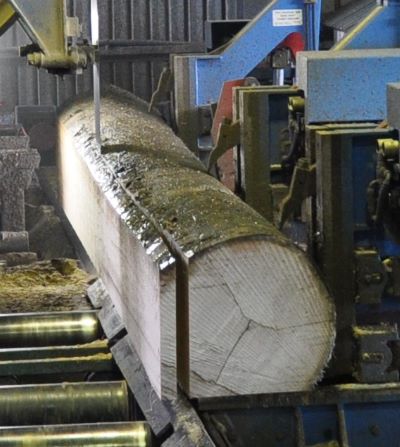Embodied energy

‘Embodied energy’ is a term used to describe the amount of energy that goes into producing an item – in other words, the total energy consumption that has become embodied in the product.
For building products, this includes the energy involved in harvesting or mining operations, manufacturing processes and transportation.
The two main units of measure used to quantify the embodied energy are:
- megajoules of energy needed to make one kilogram of the product (MJ/kg), and
- tonnes of carbon dioxide given off to create the energy needed to make one kilogram of the product (tCO2).
The concept of embodied energy can be used to compare different products in terms the energy required to produce them. However, given the fact that there are so many variables that come into play when different products are made in different regions using different manufacturing processes, it’s very difficult to standardise the figures in order to make direct comparisons. It’s also the case that some materials, particularly high-value metals, are recycled multiple times, which reduce their embodied energy compared with products made from raw materials that have come straight from the ground.
Nonetheless, the system is still useful for making general observations about the energy-efficiency differences between products, assuming that the variables have been taken into account as far as possible.
Set out below are some embodied energy figures (expressed in MJ/kg) for various Australian-made building materials. These figures are taken from the Australian Government’s Your Home website.
| Material | Embodied energy |
| Aluminium | 358 |
| Carpet (nylon) | 198 |
| Polystyrene (EPS) | 155 |
| Steel (corrugated sheet) | 80 |
| Plywood | 43 |
| Steel (structural) | 39 |
| Laminated veneer lumber (LVL) | 34 |
| Glass (flat) | 29 |
| Hardwood (kiln dried) | 27 |
| Medium density fibreboard | 22 |
| Softwood (kiln dried) | 19 |
| Ceramic tiles | 19 |
| Particleboard | 19 |
| Fibre cement sheet | 18 |
| Clay bricks | 4 |
| Concrete (25 MPa) | 1 |